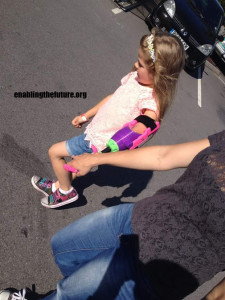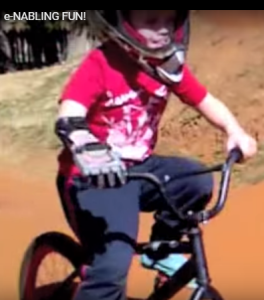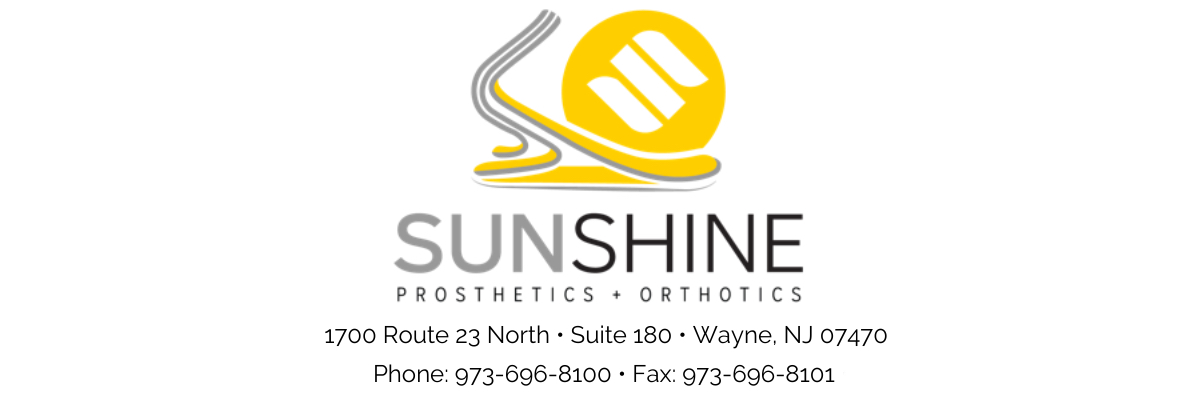
Stephen Davies, who is a recipient and tester of e-NABLE devices himself, traveled 200 miles round trip to deliver an **experimental design to his first recipient: an 8 year old little girl named Isabella, from Bristol UK.
The “3d Mechanical Hand – Maker Movement” was inspired by two strangers (a movie prop and puppet maker from the US and a carpenter from South Africa who has lost several fingers in an accident). They found each other via the internet and came together from 10,000 miles apart – to create a prosthetic hand device for a small child in South Africa …and then gave the plans away – for free…so that those in need of the device could make them for themselves or have someone make it for them.
Jon Schull, a research scientist based at Rochester Institute of Technology saw this “Robo-Hand” in a YouTube video and, in reading the comments, found that people were willing to use their own 3D printers to make these hands – again, for free. He founded Enablingthefuture.org as a matching network for volunteers and recipients. What originally started out as a couple of guys who created something to help one child in need…has grown into a world wide movement of volunteer tinkerers, engineers, 3D print enthusiasts, occupational therapists, university professors, designers, parents, families, artists, students, teachers and people who just want to make a difference. More than a match-maker, the organization has created a community which develops new designs for these prosthetics. Today the community numbers in the thousands and has delivered hands in 37 countries.

Facebook: https://www.facebook.com/enableorganization
Twitter @enablethefuture

